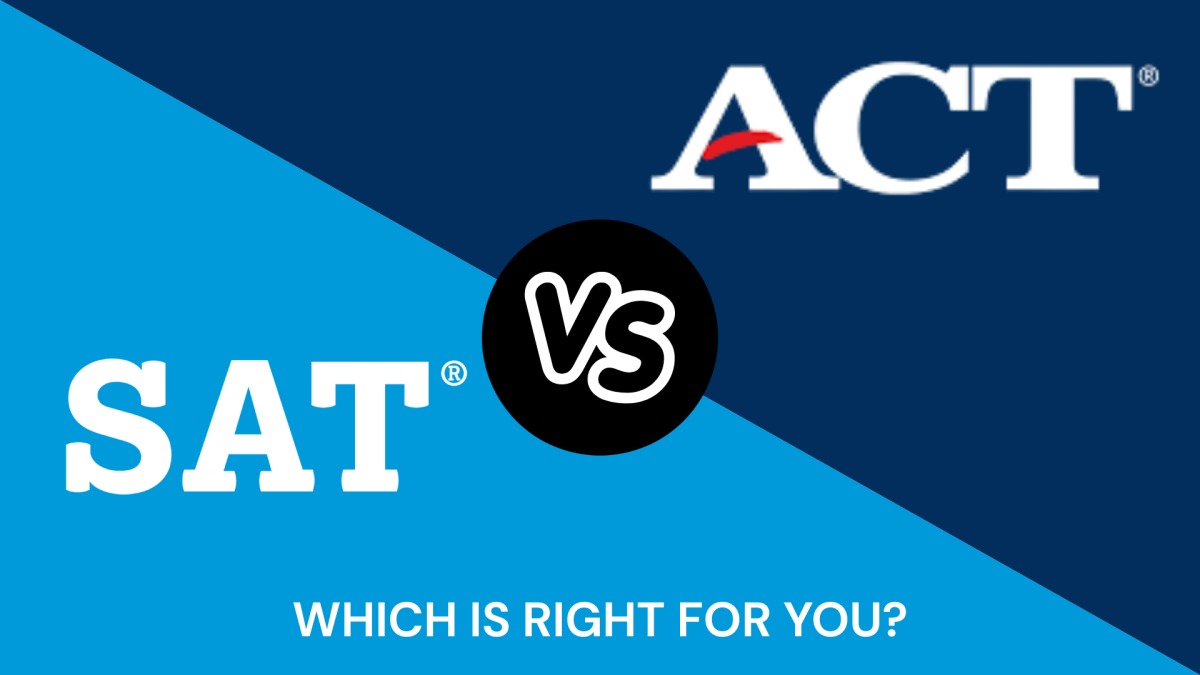With fall rolling around, inevitably so is SAT season. Typically taken in a high schooler’s junior and senior year the SATs can be a major cause for concern. This standardized test was first introduced almost a century ago, in 1926, and since then has played a major role in college admissions.
In just the past few years, multiple major adjustments have been made to the SATs. “I think that it’s putting the pressure back on students,” says Winston Rivas, an Ida B. Wells High School college and career coordinator, “ultimately it’s like, led to a lot of uncertainty.”
The place SATs hold in college applications depend on the college itself. College’s can be test-required, meaning SAT/ACT scores are necessary to apply; test-optional and let the applicants decide; or test-blind/test-free and disregard the SAT entirely. Before COVID-19, all the Ivy League universities required either SAT or ACT score submission, but when the pandemic began and education was affected, a large percentage of schools across the country, along with all of the Ivy’s, became test-optional or even test-blind. This led to debate amongst the public about the future importance of SATs. So for a while, the SAT pressure was off. However, now that COVID is no longer an issue in education, some colleges have gone back and reinstated their SAT requirements, such as five of the eight Ivy Leagues and other top private universities like MIT, Stanford and CalTech. This naturally has created confusion for students on the weight of the SAT in college applications and whether or not they should take it.
But that’s not all, as of this past spring of 2024, the SAT has moved from paper to an online version. The test is administered through the CollegeBoard digital application called Bluebook. Bluebook is also used for digital AP exams and other CollegeBoard tests. The major difference between the digital and paper tests is that the digital test is now adaptive, or designed to adjust to the test-takers abilities.
The SAT is divided into two major sections, Reading and Writing (ELA) and Math. Both of these sections are split into another two modules. Depending on how one does on the first module, they will get a slightly harder or easier second module. This form of adaptive testing is called multistage adaptive testing. The CollegeBoard chose this over the second option of question-level adaptive testing, that adjusts each question based on the previous answer. This choice allows students the ability to go back to previous questions and change their answers, or jump ahead, which wouldn’t be an option with question-level adaptive testing.
Jay Huynh, a senior at IBW, took the PSAT before this switch but later took the SAT digitally, and she finds she prefers the digital form. “The online one was a lot easier to gauge just because there was always a time like, clearly in your face,” Huynh says. In the end, there is no one size fits all, so while for some it is a better option, others may be faced with the opposite scenario.
“Know that it’s [the SAT] not the only indicator of you as a student. It is one of the indicators,” Rivas says, “if you’re not a great test taker, there are still so many great colleges that will admit you.” Rivas recommends utilizing the resource, fairtest.org which provides a list of all the test-optional and test-free schools. “I think ultimately that it should never, like, have a huge impact on mental health,” says Rivas. Rivas goes on to explain that your decision about taking or retaking the SAT/ACT should be dependent on your personal college goals and what you’re interested in. “We’re here to support all students in the College Career Center,” he says.









